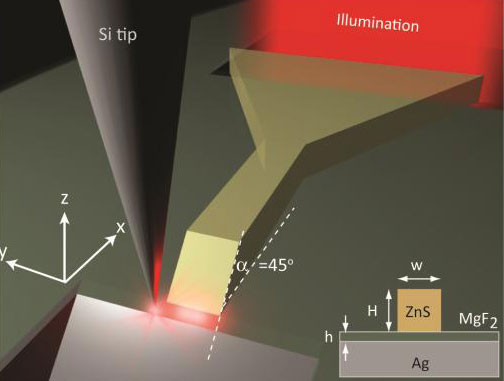Nanoscale Photonics Switch

Technology getting more advanced every year, but these advances in computer speed could be overlooked if the 1’s and 0’s represent by breaks of light, instead of electricity. As future of computing is more on to become light based, researchers need to pay more work on how to make the switching of light as efficient as possible. Enter tiny silicon discs, which now been revealed to be the best ever optical switches at the Nanoscale.
The researchers of Moscow State University and the National University of Australia have created an important device in this edge of technology competence which is photonics, the first all-optical photonic switch out of cadmium sulfide nanowires.
This 250-nanometer silicon disc is capable of handling photons a lot like transistors deal with electrons, amplifying and switching light instead of electricity, and this will be the platform for future computers that will allow transferring data at an ultrahigh speed.

The series of experiments and operation of the all-optical switch created by the researchers is based on the communication between two femtosecond pulses. This interaction results from the magnetic resonance of the silicon nanostructures. When the pulse arrives at the nanostructure simultaneously, one of them starts interacting with the other and dampens due to the effect of two-photon absorption. However, if there is a 100-femtosecond delay also between the two pulses, then the interaction does not happen, and the second pulse goes through the nanostructure without any change.
Today if we see both the government and the industry is heavily investing in integrating optics and electronics, as it generally considered being the evolution of information and communication technology. Many big technology leaders like HP, IBM, and Intel have been building these chips with optical functionality for the last few years that operate at gigahertz speed that of the VO2 switch.
These Vanadium dioxide switches have a number of characteristics and stand ideal for optoelectronics applications like:
These switches are completely compatible with present integrated circuit technology for both silicon based chips and the high K dielectric materials. Function in the visible and near-infrared area of the spectrum that is best for telecommunications applications.





